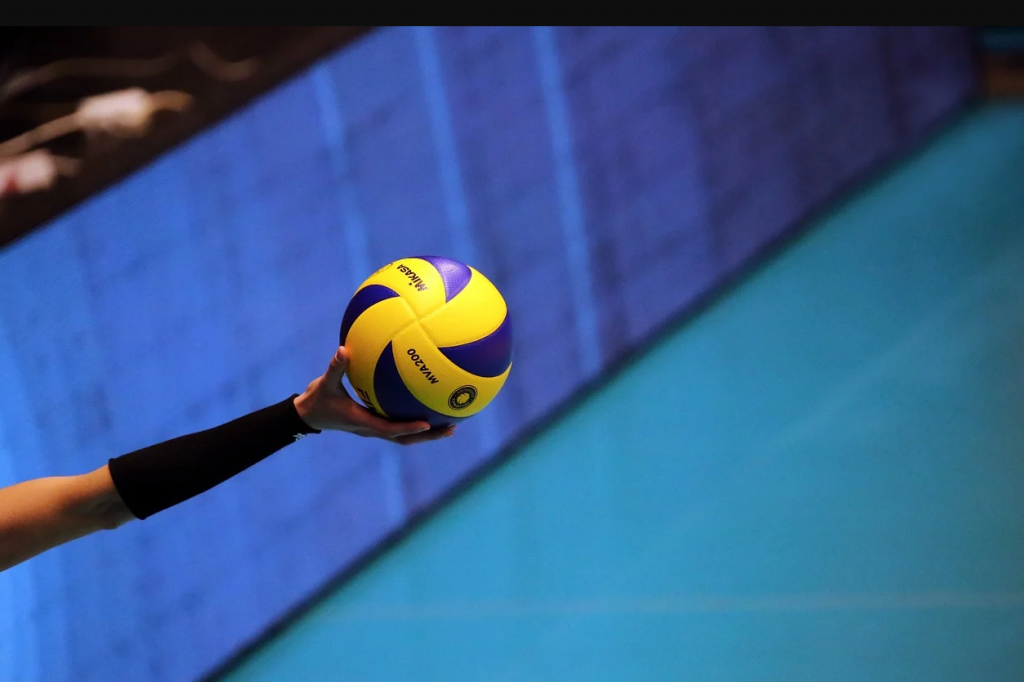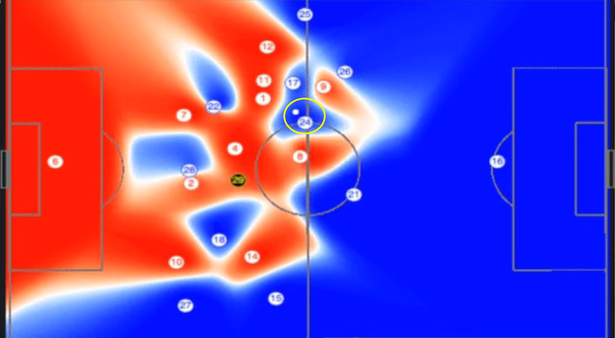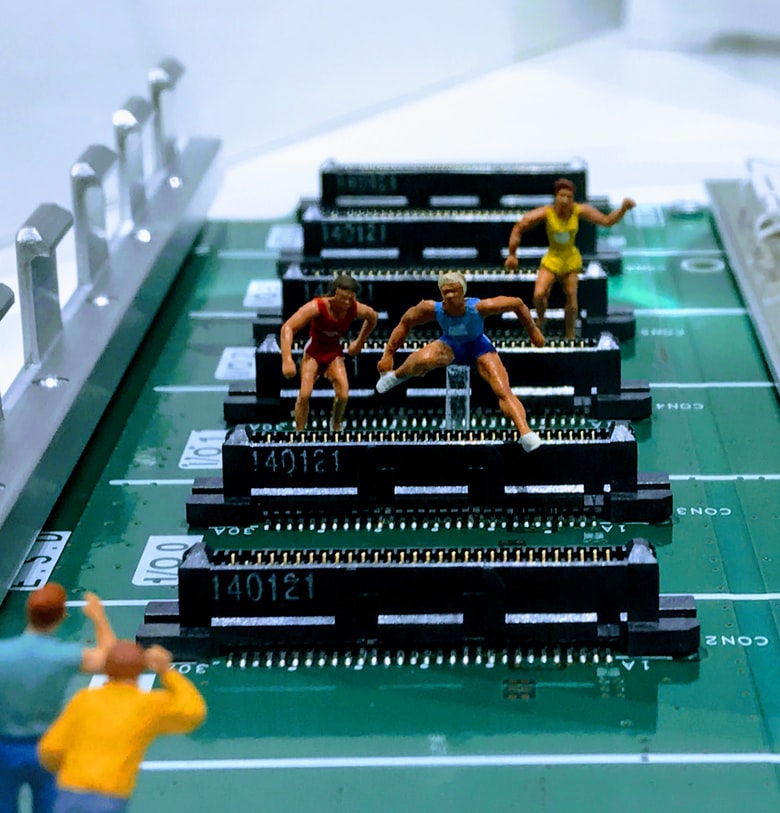How AI, big data, and other technologies are helping athletes (and viewers) make the most of the Olympics
Andrei Mihai
After a hefty delay and a stormy start, the Tokyo 2020 Olympic and Paralympic Games have finally kicked off. A record-breaking 11,091 athletes are competing in the games, hoping to fulfill their dreams and make the most of their hard work.
This year, along with trainers, organizers, and other staff, the athletes are also joined by something else: technology.
From volleyball to swimming, cutting injuries and improving performance

Professional volleyball players can jump over 50 times in a game, in addition to all the other running, swinging, and jumping they do. These are high-intensity jumps, often coupled with the fatigue of the game and the focus on the ball (rather than on personal safety), which put the athletes at risk of knee injuries.
Every player has their own individual jumping style and pattern, and gathering this data was notoriously hard. Volleyball coaches who wanted to track the number of jumps in a given period of time (say, at practice or during a game) previously had to watch hours of training and game video to obtain this information, painstakingly noting everything down for each player.
Now, thanks to advancements in AI, coaches can track the number of jumps with ease. Simple sensors can track these movements without any hassle for the players or the coaches, and the risk of injuries or fatigue can be assessed with machine learning systems.
Stroke count and body roll in elite swimmers can be tracked using a similar approach — both of these are factors that can contribute to shoulder injury. Having sensors that track these movements is one part of the challenge — but putting it all into context is just as important. To evaluate performance and improve performance, robust algorithms (often in the form of machine learning or other AI approaches) are also necessary.
Algorithms can tell you how a swimmer’s stroke has changed from last week, or if there seems to be an anomalous movement that could be indicative of a potential injury. When the data becomes unmanageable, algorithms are there to help athletes and coaches make sense of it. For instance, Canada’s swimming team has been making full use of these “swimlytics” (swimming analytics) since the Rio Olympics in 2016, and while other countries haven’t been as vocal about it (after all, we’re talking about revealing training secrets), it’s likely common practice already in Tokyo.
Increasingly, AI can do more and more with data from video recordings. It can measure how fast players run, how high they jump, and where they are most likely to pass. This AI-augmented coaching empowers coaches to develop optimized training regimens and strategies, customized for every player.

While various sports can make even more intensive use of AI (see our previous article on AI in football, for instance) having access to almost instant, personalized, contextualized data can make a huge difference in pretty much all sports. Customizing training regimens based on fitness levels and overall capability, while reducing the risk of injury, is likely an advantage few would pass up.
Logistical and viewing improvements
The sport itself isn’t the only thing benefitting from technology. AI-based facial recognition technology will be making life much easier for Olympians and organizers.
Something the cameras don’t typically show you at the Olympics are the queues. With over 300,000 people present at the games (including media, volunteers, and other staff), it can get crowded and frustrating — but the technology will help move things faster and more efficiently, reducing long waiting times for ID checks.
For viewers, AI will usher in a better viewing experience with more data and visualization than ever. With the aid of special algorithms, cameras for selected sports will run automated player identification as well as motion tracking. This will offer viewers real-time insights and overlay visualizations during athletics events, as well as other relevant bits of data. In swimming and sprint events, the speed of athletes will be displayed on their lane, with viewers being able to understand exactly when each athlete obtained their top speed. In archery, on the other hand, cameras will analyze slight color changes in competitors’ faces. These changes, caused by contraction or dilation of blood vessels, will be used to derive heartbeat variations and adrenaline rushes experienced by archers as they shoot.
In the field of gymnastics, judges are helped by AI systems that can sense the movements of athletes and analyze them as scoring data. The system was first used at the Artistic Gymnastics World Championships in Stuttgart in 2019.
“We are committed to implementing more efficient processes of creating, producing, delivering, and managing recorded video material,” says Guillermo Jimenéz, director of broadcast engineering at the Olympic Broadcasting Services (OBS). “Using AI capabilities can help us not only streamline labor and time-intensive processes, resulting in faster turnaround, but also deliver more personalized user experiences.”
“We could customize the automatic content offering based on user preferences, whether by national Olympic committee, athlete, or sport. It means that instead of Rights Holding Broadcasters (RHBs) searching for content, content will be automatically pushed to them,” says Jimenéz. “AI-driven technology is making the process of content discovery faster and more accurate, adding tremendous value across the content lifecycle.”
In between empowering and technological doping

It’s only normal for competitors to try to use technology to their advantage. Though, as is often the case with AI, it’s not clear if this is helping sports as a whole, or if it is simply a way for the “rich to get richer”.
While machine learning and other useful technologies (like wearable sensors) will likely become more and more affordable and accessible, they aren’t that affordable just yet. For now, it’s the developed countries that can afford to deploy this type of technology, putting lesser developed countries at an even greater disadvantage.
This has even spurred talk about technological doping. It may sound crazy, but sports federations have banned the use of technology before, although it was a different type of technology. At the Beijing Olympics in 2008, competitors wearing a special swimming suit that reduced drag and made swimmers more buoyant set 23 (out of 25) new world records, leading to the ban of the suit. Similarly, a special type of shoe was banned because it helped runners too much.
The World Anti-Doping Agency (WADA) considers prohibiting technologies if they are “performance-enhancing” or “being against the spirit of the sport”. AI doesn’t have such a major impact in sports just yet, but it’s not hard to foresee a future where it will, and it’s not always clear what is against the “spirit of sport”. It’s probably time for sports federations (and Olympic committees) to decide what’s important to them and what type of technology they want to allow — and whether or not this includes things like AI.
In the meantime, life is simpler for us as viewers. We can simply enjoy the benefits and cool graphics without much complication. So, which event are you most excited about?
The post How AI, big data, and other technologies are helping athletes (and viewers) make the most of the Olympics originally appeared on the HLFF SciLogs blog.